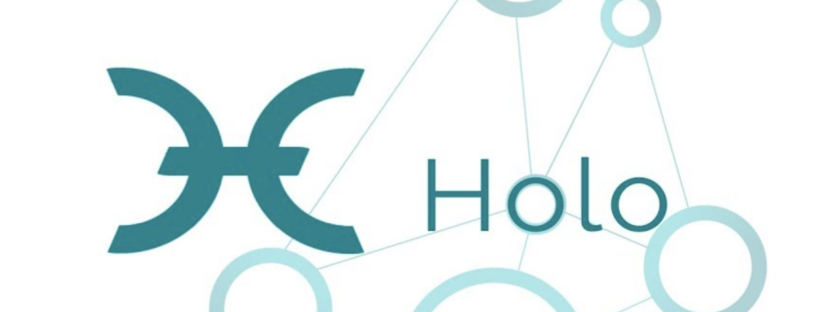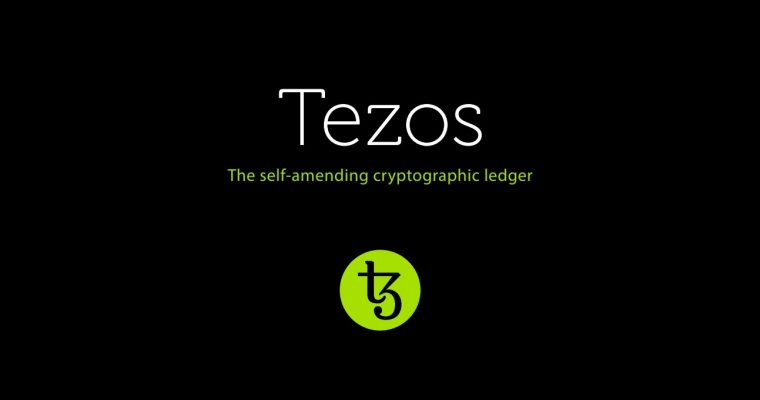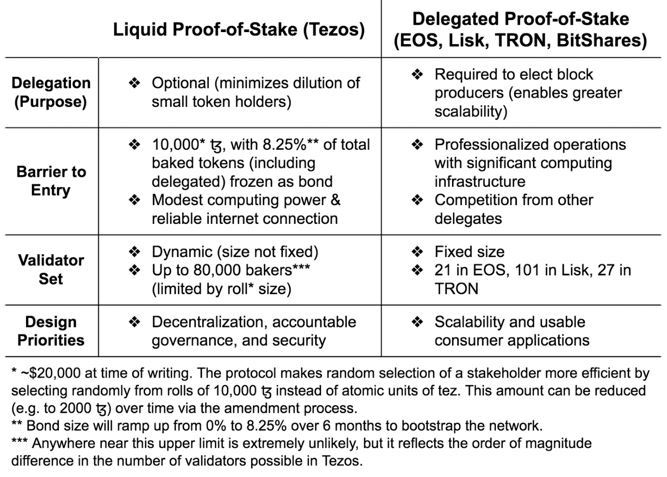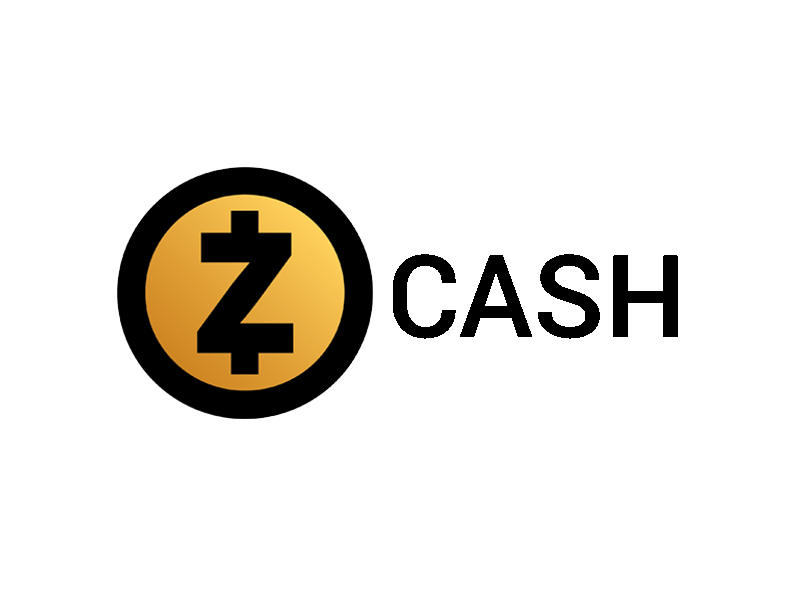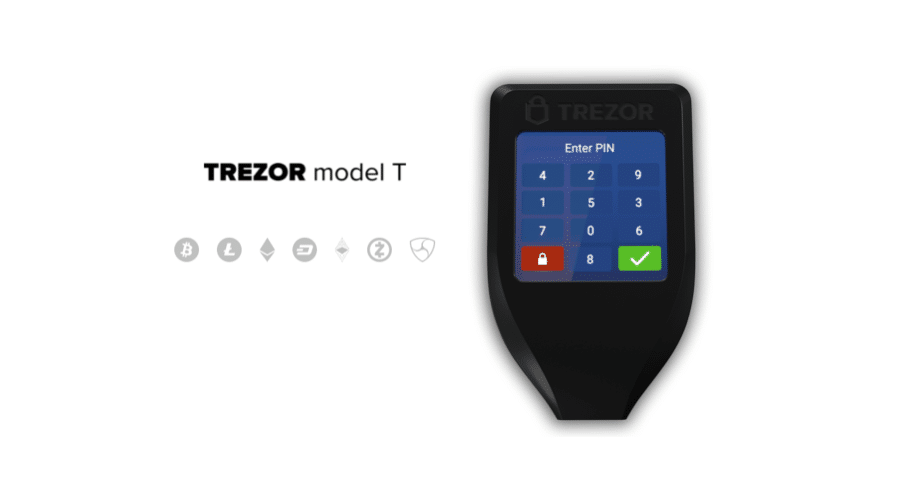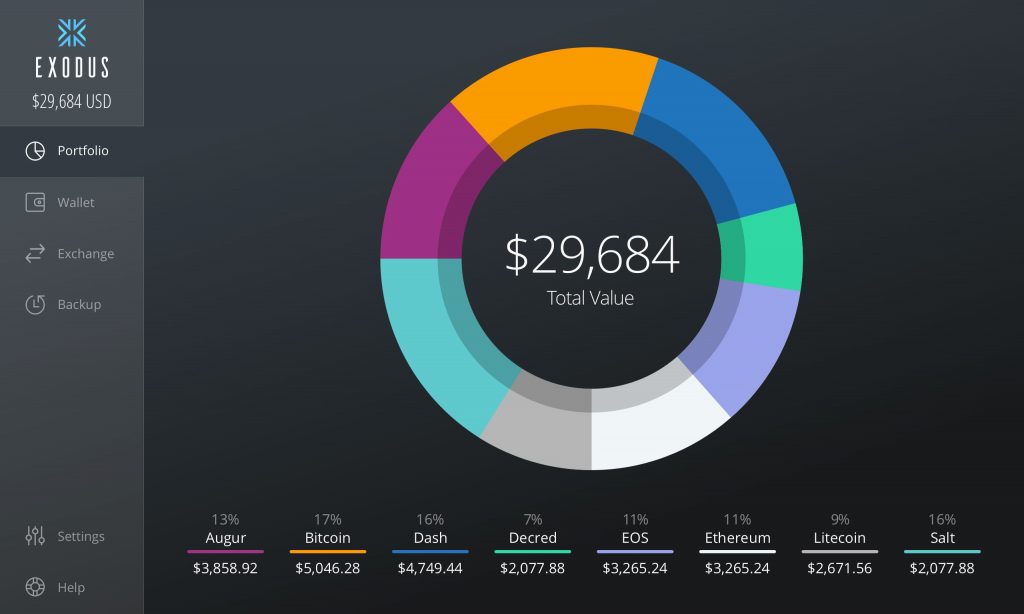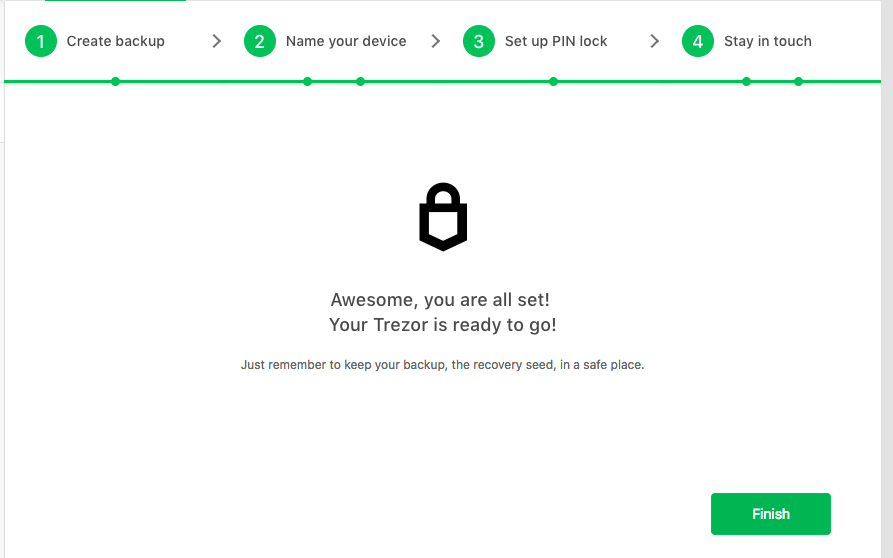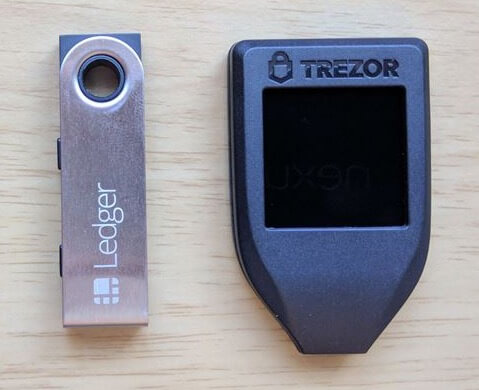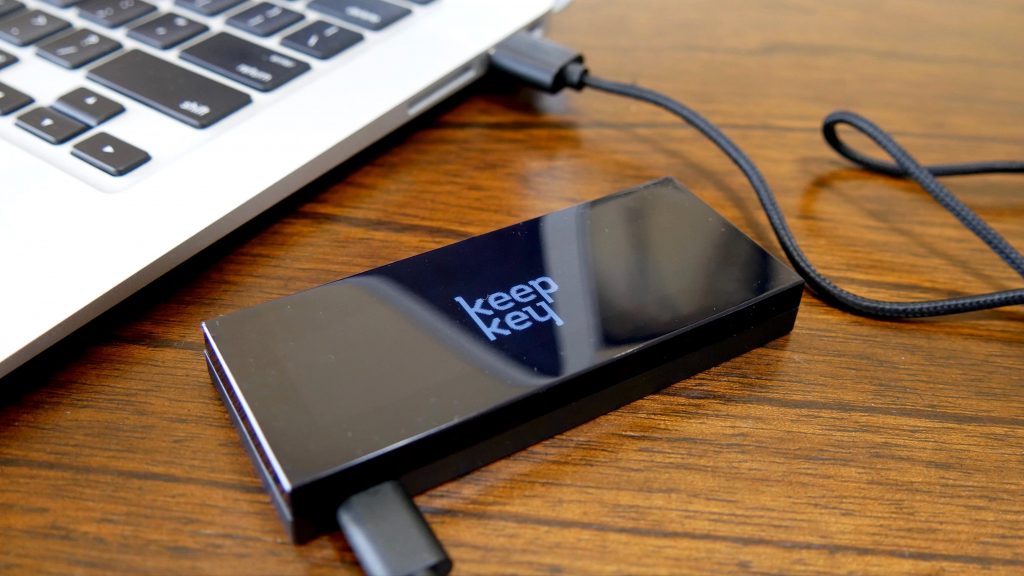What are STO’s? The massive rise of ICOs throughout 2017 and early 2018 was unprecedented and brought about an entirely new method for raising enormous sums of funding in mere minutes. However, the sheer volume of ICOs that turned out to be scams, didn’t deliver on their promises, or ran out of funding before releasing a product led to the precipitous decline of the ICO in the latter half of 2018.
The power of blockchain-based tokens to create more flexible financial assets and instruments did not dissipate though. Decentralized finance (DeFi) is on the rise, with financial instruments from collateralized debt platforms to decentralized prediction markets materializing left and right.
One of the primary focuses of a DeFi landscape is the transition of conventional financial securities into digital tokens on a blockchain. 

Commonly referred to as ‘security tokens,’ these assets are securities representing equity or debt with a digital wrapper around them — designed to provide a suite of advantages and flexibility to the assets.
Following in the footsteps of the ICO, the ‘Security Token Offering’ (STO) has garnered widespread attention as an ecosystem of investors, service providers, exchanges, and more jostle for position in a blossoming market. Security tokens have some intriguing prospects, and the STO presents a valuable tool for companies to issue digital assets on the blockchain.
WHAT IS A SECURITY?


A traditional financial security is a fungible instrument that holds value and can represent either debt or equity.
Securities as equity can represent ownership in a company (stock), where owners can profit from capital gains on the asset or even receive dividends payments in specific cases. Equity security holders can either be in public or private companies, and owners are usually entitled to some form of ownership in the company.
Securities representing debt is a representation of borrowed money, which must be paid back and is subject to various loan conditions. There are numerous types of debt securities including:
- Government bonds
- Collateralized Debt Obligations (CDOs)
- Collateralized Mortgage Obligations (CMOs)
- Corporate Bonds
- Certificate of Deposits
Debt security holders are typically authorized to receive interest payments on the principal loan amount, and they can be backed by several means — including collateralized and non-collateralized.
Securities play a significant role in finance and are more relevant to STOs in their ability to be leveraged for raising funding. Companies can raise enormous sums via Initial Public Offerings (IPOs) of equity when they go public, and governments can even issue municipal bonds to raise funds.
Public securities are traded on major stock exchanges and can be transferred between investors on secondary markets as assets.
SECURITY TOKENS AND SECURITY TOKEN OFFERINGS (STO’S)


Common misconceptions around security tokens are that they are different from securities. Although they exist on a blockchain, they are ostensibly securities, subject to the same regulations and case law precedence as traditional securities.
However, security tokens offer some unique advantages — particularly in improving secondary market liquidity, reduced compliance costs, automating trade restrictions, providing fractional ownership, and enabling asset interoperability.
STOs have opened an opportunity for businesses to raise funds by issuing digital security tokens to investors in a regulatory-compliant manner. The advantages exist for both the investor and the issuer, while also providing much better assurances against fraud compared to an ICO. Issuers can come from a variety of areas, including commercial real estate, venture capital firms, and small and medium enterprises (SMEs).
There is discussion around the semantics of what constitutes a ‘security token’ or a ‘tokenized security,’ but for all intents and purposes, STOs in this context focus on the launching of new security tokens and not tokenizing existing financial assets.
One of the most straightforward and beneficial applications of an STO is with an SME looking to raise funding when they cannot tap into commercial banking services. Parallel with the rise of other DeFi services, SMEs can access open financial services — issuing security tokens for investors to obtain on the blockchain. This has important consequences for lowering barriers to access for retail investors and concurrently providing powerful financial services to SMEs in local and regional areas where they have historically been limited in their financial capacities.
Additionally, SMEs issuing security tokens offer an excellent example for highlighting the multiple participants required in the security token ecosystem.
WHO PARTICIPATES IN THE SECURITY TOKEN ECOSYSTEM?


If an SME (i.e., Company A) wishes to issue security tokens representing equity in their company, they can do so with the help of multiple market participants including:
- Issuance Platforms
- Exchanges
- Custodians
- Broker-Dealers
- Legal/Compliance
Company A can formally issue their security token to investors via an issuance platform. Well-known issuance platforms include Polymath and Harbor, which are integrated with service providers like custodians, broker-dealers, and legal/compliance entities to facilitate a secure and regulatory-compliant process.
Developers for issuance platforms also work on standardized token interfaces (i.e., ST-20 for Polymath and R-Token for Harbor) that hard-code regulatory parameters into token contracts such as explicit trading restrictions. Standardized token interfaces for security tokens also enable interoperability of assets, which has positive downstream effects in secondary market liquidity and reduced friction in token trading.
Custodians are popular for storing digital tokens in secure cold-storage –, particularly with institutions. BitGo is one of the most established digital asset custodians, and custodians often partner with exchanges or issuance platforms. 

Exchanges exist for investors to trade security tokens, enabling better access to capital, enhanced secondary liquidity, and democratized investor access to securities. tZero is a high-profile exchange that recently went live, backed by Overstock. Company A’s security tokens can trade on exchanges like tZero where investors undergo KYC/AML verification. Some exchanges can even operate as issuance platforms as well.
As an SME, Company A’s security tokens can be offered to retail investors who are largely precluded from SME investment opportunities due to various barriers of entry. However, democratizing such access to security tokens can help SMEs raise funding from local communities, providing a compelling boon for small enterprises and assisting in the growth of local businesses.
Open financial frameworks like Mt. Pelerin even seek to provide SME marketplaces for entities like Company A to tap into broad, open financial services on the blockchain.
Other applications of security tokens — which are already underway today — include commercial real estate investments funds (i.e., REITs) that reduce high investment minimums and even enable concepts like fractionalized ownership to emerge. Harbor has already hosted an STO for a South Carolina residential building with a significantly reduced investment minimum compared to typical rates.
STOS VS ICOS


Overall, STOs eliminate instances of fraud with ICOs and offer legitimate securities to a wider range of investors with better efficiency, interoperability, and liquidity than conventional securities. STOs are backed by actual assets while ICOs were primarily predicated on ‘utility tokens,’ with no underlying collateral and were not protected by securities law.
STOs also offer advantages over IPOs. They are cheaper and can encompass a much broader range of assets — such as fractionalized ownership in high-value art pieces or investment funds. Banking and brokerage fees are also drastically reduced via automation with launching an STO compared to an IPO.
It is important to note that although STOs fall under securities laws in the U.S., there are legal nuances to the launching of security tokens as they are based on a novel technology. Several countries outside the U.S. have also already banned STOs — including China and South Korea.
In the U.S., investors are pumping vast sums of money into the security token landscape as the role for participants in the young ecosystem continues to actualize. Evaluating which markets emerge as the most popular in the early stages of security tokens should reveal which sectors STOs afford the best advantages. Both SMEs and REITs are clearcut applications of STOs, but there are numerous other opportunities available for the issuance of security tokens that are practical, cheaper, and regulatory compliant.
WHAT ARE STO’s – CONCLUSION
ICOs were a novel concept, fueling crazy speculation of altcoins during their prominence at the end of 2017, but the industry has become more discerning since then. As ICOs have faltered, security tokens have emerged as a prudent use case of blockchain technology at the convergence of conventional financial instruments and digital assets.
DeFi is on the rise, and security tokens are poised to play an integral part in the broader transition to an open financial system.
What do you think of STO’s? Do you think they are here to stay? Let me know in the comments!
Cheers,
The Crypto Renegade
NOTE: This post may contain affiliate links. This adds no cost to you but it helps me focus on giving as much value as possible in every single post by being compensated for recommending products that help people succeed.








